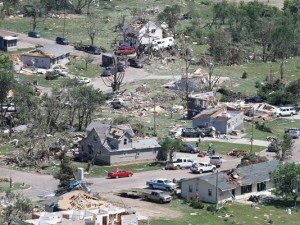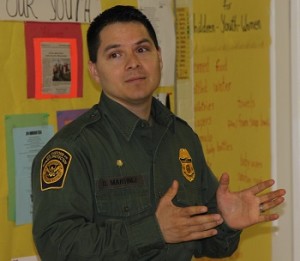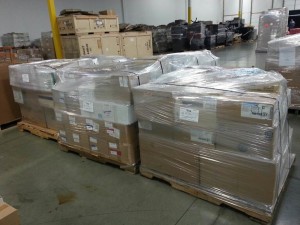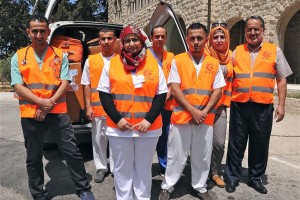September is National Disaster Preparedness Month, and what better way for us to celebrate than to announce our newCongregational Disaster Preparedness Guidebook!
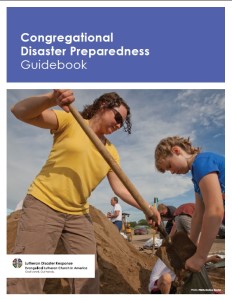
As the introduction in the guide says, “The purpose of this guidebook is to help congregations take some basic and important steps toward resiliency and intentionality in response to disaster so that they will be better able to serve their communities when disasters strike.”
Categorized into sections, the guidebook provides a step-by-step approach to creating a comprehensive disaster response plan for your congregation.
- Section 1: “Developing a Congregational Preparedness Plan” – Using corresponding worksheets, this section provides congregations a process for creating their unique preparedness plan.
- Section 2: “Response” – This section addresses how congregations, communities and individuals achieve a “new normal” after a disaster through long-term recovery.
- Section 3 and 4: “Emotional and Spiritual Care” and “Worship in times of disaster” – These sections provide tools for spiritual leaders and recognizes that the church is called to provide care through prayer and worship.
- Section 5: Glossary – The final section provides a glossary of terms, additional resources and the worksheets that are used throughout the guidebook.
This guidebook is a valuable resource for all congregations, even those who have not experienced a disaster first-hand. It is never known when a natural or human-caused disaster could impact your community, but people will turn to the church for answers, whether you are ready or not. By developing a plan, congregations are prepared and able to share the message of God’s gift of hope and promise of new life in the midst of a disaster or crisis.
“We developed this guidebook because we realized it would be helpful for a congregation to have not only the information of how to prepare and respond to a disaster, but some practical ways they could do so,” said Pastor Michael Stadie, program director of Lutheran Disaster Response – U.S. “This is the first comprehensive book from Lutheran Disaster Response that covers these topics and also provides worksheets to walk a congregation through the process of disaster preparedness. We are pleased to make this free download available not only to ELCA congregations but to anyone who has an interest in helping their house of worship.”
To download the guide in its entirety, please click here. To view and download specific sections of the guide, please visitLutheran Disaster Response Resources and click on the “General” tab.

